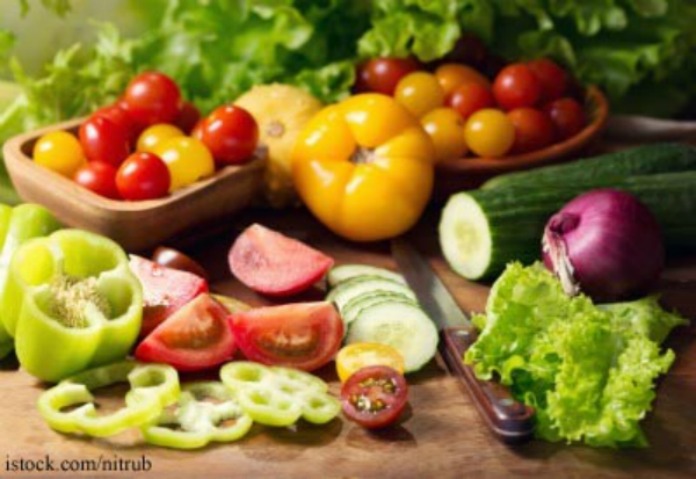Texas A&M Agrilife Research and the Texas A&M Engineering Experiment Station were awarded a grant from the USDA to study and develop super-repellent and anti-fouling surfaces for foods. These types of surfaces could be used to help ensure the safety of fresh food products.

Dr. Luis Cisneros-Zevallos, AgriLife Research food science and co-principal investigator for the project said in a statement, “There is a need to reduce those outbreaks associated with microbial contamination that may take place in different operations along the fresh produce chain. The surfaces we are designing avoid cross-contamination and reduce the risk of biofilm formation.”
Some bacteria, such as E. coli, Salmonella, and Listeria monocytogenes, can develop biofilms that help protect them from antimicrobial compounds and from standard cleaning techniques.
Dr. Mustafa Akbulut, associated professor in the Department of Chemical Engineering and principal investigator for this project, said, “In recent years, we have developed various types of nanotechnology-based coating with an intriguing combination of surface texture and chemistry to inhibit and prevent the attachment of microorganisms on plastics, metals, ceramic and glass at the laboratory scale. With this project, we will design novel coatings, which are specifically tailored for the food industry and also suitable for large-scale production and application to achieve a broad impact on relevant stakeholders.”
Food poisoning outbreaks linked to fresh produce in the past few years have included the Salmonella Carrau outbreak linked to Caito precut melons that sickened at least 138 people in 10 states; the Salmonella Infantis outbreak linked to Kwik Trip Del Monte Vegetable trays that have sickened at last four people, and the Cyclospora outbreak linked to McDonald’s salads that sickened more than 500 people in 16 states.
Produce can be contaminated several ways in its journey from farm to fork. It may be contaminated in the farm field through irrigation water or animal activity, or bacteria can be introduced through poorly cleaned transport trucks. Pathogens can also attach to the food during harvest and processing. These super-repellent surfaces could help reduce bacterial contamination of fresh produce.




